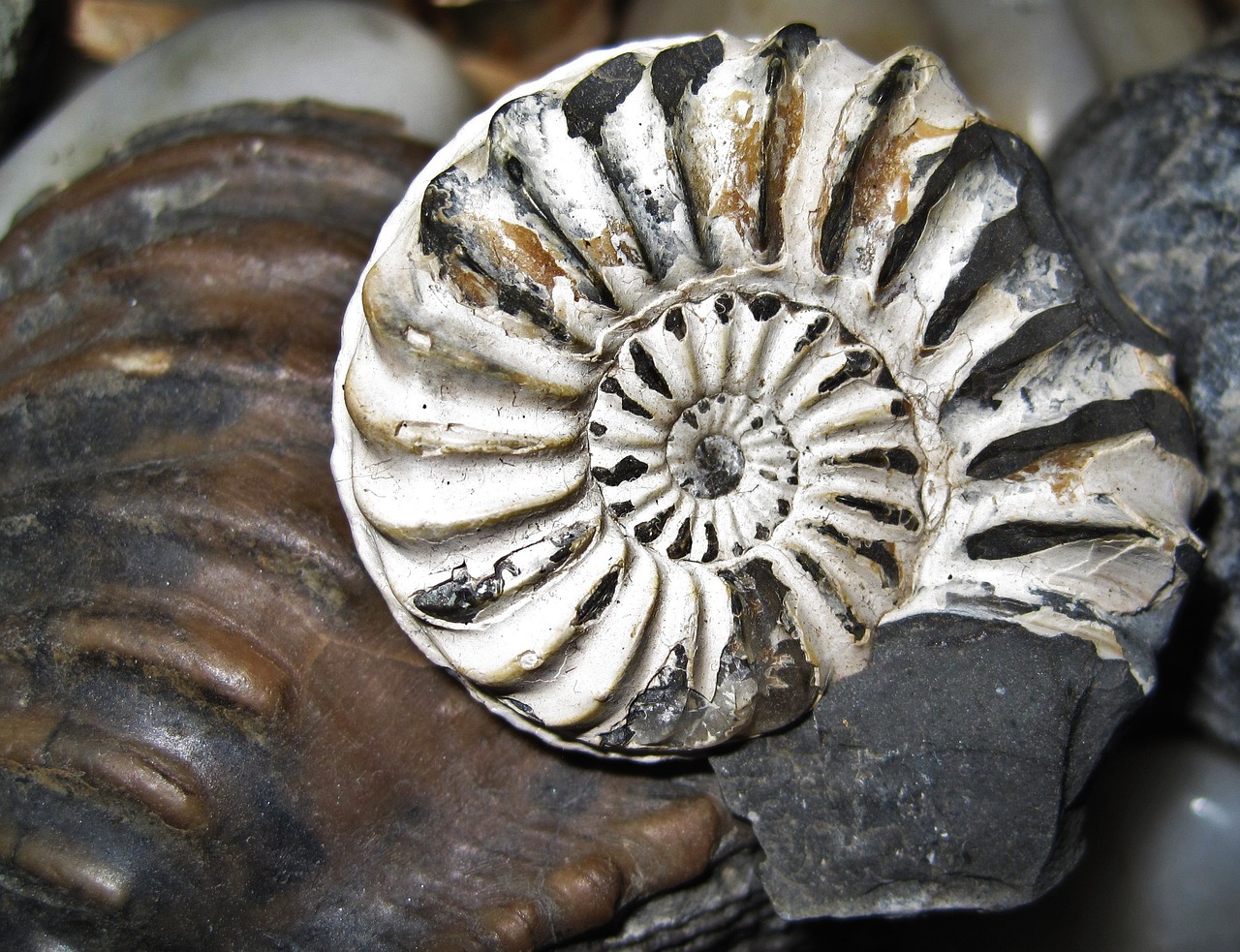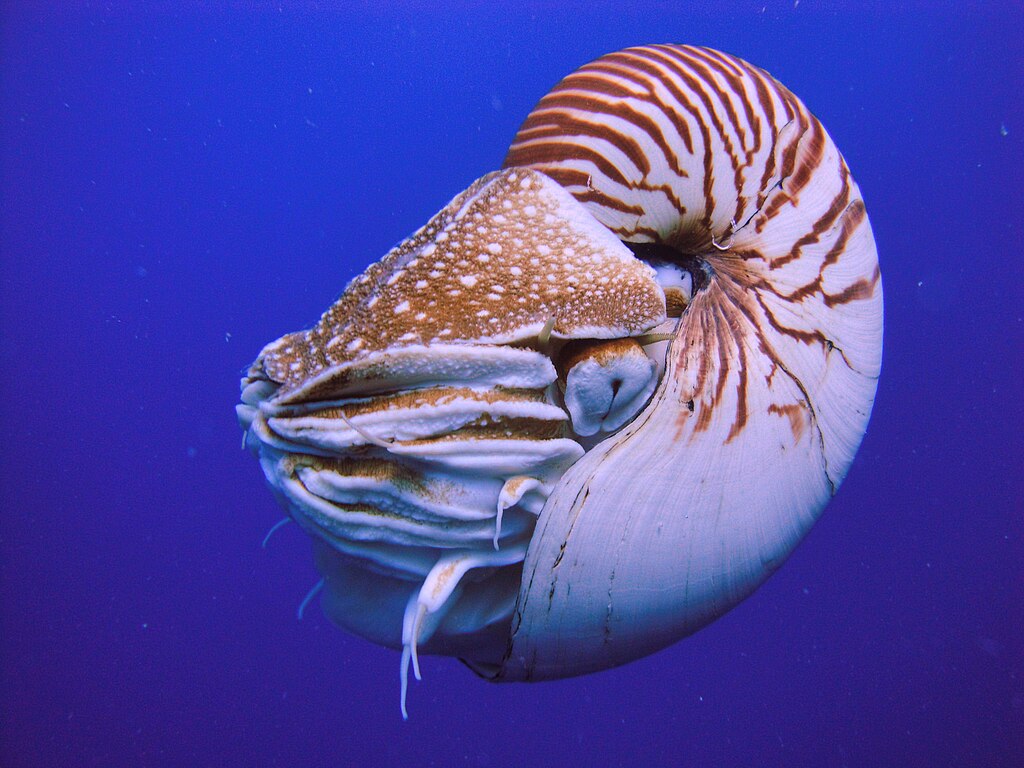
The aim is to better understand how space conditions affect biological organisms.Continue reading

A team of mathematicians from the Budapest University of Technology and Economics (BME), the HUN-REN network, and the University of Oxford have discovered a new, universal class of shapes that tile space seamlessly. Aptly named ‘soft cells,’ these forms are prevalent in nature, appearing in structures ranging from seashells to muscle cells. The findings offer profound insights into the geometry of biological tissues and offer the potential for innovative architectural designs without sharp corners.
Mathematicians have long been fascinated by tiling—how shapes can fit together to cover surfaces or fill spaces without gaps or overlaps—ever since Plato’s theory identified the Elements with regular polyhedra, HUN-REN writes. Traditionally, this field has focused on shapes with sharp corners and flat faces, such as triangles, quadrilaterals, cubes, and other polyhedra. However, such forms are seldom observed in the natural world. This discovery marks a significant departure from conventional approaches, aligning more closely with the organic, curved geometries found in nature.
Nature’s evolutionary journey has favored complex forms.
Living organisms employ a diverse array of space-filling patterns for growth and development, evident in biological tissues and chambered shells. These natural patterns are notable for their highly curved edges, non-flat faces, and few, if any, sharp corners.
Until recently, no mathematical explanation has been found for how nature can achieve such geometric complexity with these ‘soft cells.’
The solution to this long-standing geometric puzzle, discovered by the HUN-REN-BME Morphodynamics Research Group and Budapest University of Technology and Economics, along with a researcher from the University of Oxford, is presented in their recently published article in PNAS Nexus.
They define a new class of mathematical shapes, called ‘soft cells,’ which are characterized by having a minimum number of sharp corners and the ability to cover space without gaps or overlaps.
In two dimensions (2D), ‘soft cells’ feature curved boundaries with only two corners. These tiling patterns are observed in a variety of natural and man-made structures, including muscle cells, zebra stripes, river island shapes, onion bulb layers, and even in architectural designs.
In three dimensions (3D), these ‘soft cells’ reveal even greater complexity and intrigue. The research team first established that soft cells have no corners at all. However, the procedure led them to discover entirely new classes of soft cells with diverse tiling properties.
The research further revealed that many of these shapes occur naturally in various contexts. The most remarkable discovery was that the inner chambers of the iconic Nautilus shell exemplify ‘soft cells.’ The cross-section of these chambers shows a planar ‘soft cell’ with two corners.

Nautilus shell. Photo: Wikipedia/Manuae
‘Soft cells’ appear to be geometric building blocks of biological tissues, raising a number of questions in both geometry and biology. Understanding the necessary conditions for generating soft tilings could provide new insights into why certain patterns are favored by nature. The concept of ‘soft cells’ could explain not only the static geometry of tissues but also processes like tip growth (extreme form of polarized growth of living cells), one of the most common mechanisms of biological evolution.
Via HUN-REN; Featured image via Pixabay